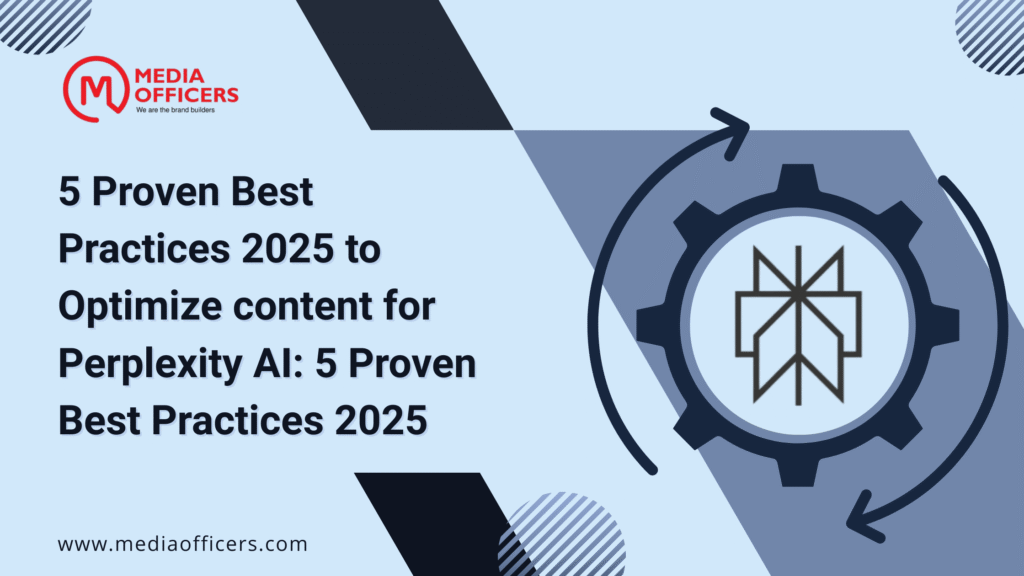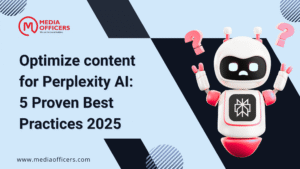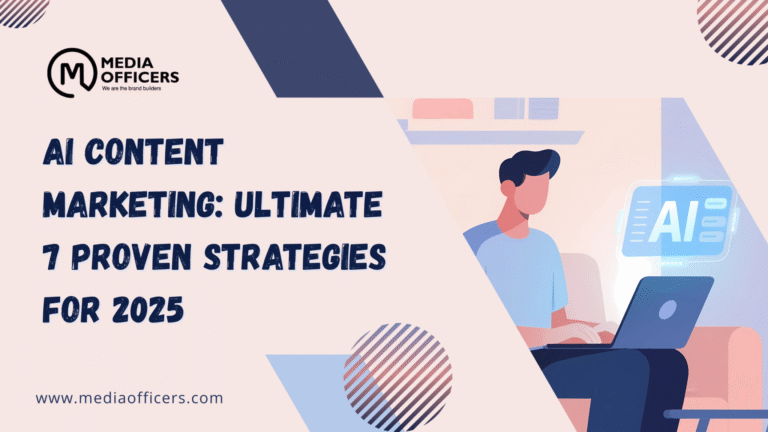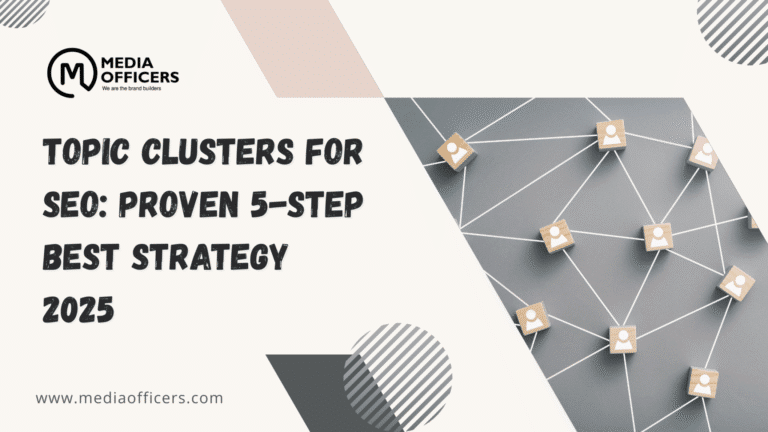Optimize content for Perplexity AI is the guiding principle behind this guide, helping publishers craft material that resonates with readers while signaling quality to AI models. This balance between human readability and machine interpretation is the foundation of modern content strategy. In the following sections you will discover five practical strategies to optimize content for Perplexity AI and improve your visibility in search and discovery platforms. Throughout this article you will see how to Optimize content for Perplexity AI in practical, actionable ways that align with real user intent and AI evaluation signals.
As you apply these steps you will gain a framework that helps you Optimize content for Perplexity AI while keeping readers engaged. The goal is not just to chase a metric, but to create material that satisfies questions and provides genuine value. By balancing technical structure with human storytelling, you can consistently optimize content for Perplexity AI and improve performance over time.

Way 1: Choose high performance topics
To Optimize content for Perplexity AI, start by selecting topics that perform well across audiences and search queries. This requires a mix of data analysis and human judgment. The following actions help you identify high performance topics that Perplexity AI recognizes as valuable:
- Surface questions your audience asks by studying comments, reviews, and forum threads, then map those questions to clear search intent.
- Use keyword and topic tools to identify long tail phrases with meaningful search volume and manageable competition.
- Evaluate topic relevance to your core niche and the potential for evergreen value that remains useful over time.
- Validate ideas with a quick content brief and a small pilot piece to gauge engagement signals such as time on page and scroll depth.
As you refine your process remember to Optimize content for Perplexity AI by prioritizing questions readers need answered, not only keywords to rank for. The strongest topics are those that satisfy intent, deliver practical insights, and invite further exploration.
Way 2: Write for user engagement
Content that truly engages readers creates stronger signals for AI models behind Perplexity AI. To Optimize content for Perplexity AI you must craft sentences that are easy to read, scannable, and emotionally resonant. Use a mix of concise statements, concrete examples, and relatable anecdotes to anchor concepts in real world experience.
Key practices to boost engagement include:
- Short paragraphs and clear topic sentences that guide readers through your argument
- Descriptive subheadings that summarize the upcoming content
- Questions and scenarios that invite readers to think and respond
- Compelling calls to action that align with reader intent
Across your pages you should consistently Optimized the user experience while keeping semantic clarity. This makes it easier for Perplexity AI to parse meaning and for readers to stay, explore, and convert.
Way 3: Build semantic depth with topic clusters
Semantic depth helps Perplexity AI understand the relationships between concepts and how they fit into a larger topic space. Build topic clusters that tie together core topics and related subtopics. To Optimize content for Perplexity AI ensure your content covers related terms, synonyms, and adjacent ideas that enrich the main topic rather than duplicating it.
Practical steps to create semantic depth include:
- Develop a pillar page that presents a comprehensive overview and links to detailed supporting articles
- Create well organized cluster pages that address subtopics and answer specific questions
- Use natural language headings that reflect user intent and include related terms
- Cross link between pillar and cluster pages to reinforce topical relationships
Adopting a cluster approach makes it easier for Perplexity AI to recognize content as part of a cohesive topic ecosystem. It also helps readers navigate related ideas, which in turn boosts engagement metrics and perceived quality. Remember to Optimize content for Perplexity AI as you map content to user journeys and questions people ask in your niche.
Way 4: Signal quality with structure and accessibility
Structure and accessibility are not luxuries; they are essential signals that influence how Perplexity AI evaluates content. To Optimize content for Perplexity AI you should implement a reliable content framework that supports both humans and machines.
Strategies to strengthen signals include:
- Clear content hierarchy with descriptive headings and subheadings that mirror user questions
- Readable front matter such as a summary or key takeaways to set reader expectations
- Alt text for images and accessible multimedia captions to enhance understanding
- Fast loading times and mobile friendly layouts to minimize friction
Technical optimization goes hand in hand with readability. To Optimize content for Perplexity AI you can implement schema snippets for FAQs and articles, ensure proper canonicalization, and maintain consistent terminology throughout the piece. Strong signals also come from credible citations and transparent sourcing; these factors contribute to perceived quality by both readers and AI systems.
If you plan to grow content volume, remember to Optimize content for Perplexity AI by maintaining consistent voice and structure, which helps AI models learn your style and intent over time.
Way 5: Master metadata and internal linking
Metadata and internal links are the gateways that help Perplexity AI discover, categorize, and connect your content. To Optimize content for Perplexity AI you need metadata that accurately reflects topic scope and reader intent, along with a thoughtful linking strategy that guides users and AI alike.
Key steps for metadata optimization include:
- Craft SEO titles that place the focus keyword at the front and incorporate a power and sentiment word, while staying concise
- Write meta descriptions that highlight benefits and include a strong call to action
- Use descriptive alt text for images and consistent naming conventions
- Structure internal links into topic clusters that reinforce pillar pages
Internal links should be purposeful and relevant, not gratuitous. A well designed internal link map helps Perplexity AI understand how content relates, which in turn improves crawl efficiency and topic authority. When updating content you should routinely review and refresh internal links to keep them aligned with your evolving clusters.
Frequently Asked Questions
How does perplexity affect content optimization in Perplexity AI
Perplexity is a measure of how surprised a model is by a given text. Lower perplexity typically signals clear, well structured writing that AI can interpret easily. High quality content with logical flow tends to yield better signals from Perplexity AI and related systems.
How long should a piece be to optimize for Perplexity AI
There is no fixed length; focus on depth and usefulness. A thorough piece that answers common questions in your topic area will perform better than a terse summary, as long as it remains readable and well organized.
Do headers help perplexity and user understanding
Yes. Descriptive headers guide readers and help AI models segment content into meaningful sections. Use headers to reflect user questions and to introduce key ideas in a logical sequence.
How often should I revisit optimization practices for Perplexity AI
Regularly review performance data and update content to reflect new insights, evolving user intent, and changes in search behavior. A quarterly refresh cadence is a solid starting point for most topics.
Conclusion
By focusing on the five ways described here you can build content that is both valuable to readers and favorable to Perplexity AI. The approach centers on choosing high performance topics, writing for engagement, building semantic depth, signaling quality through structure and accessibility, and mastering metadata and internal links. Consistently applying these practices helps you optimize content for Perplexity AI while maintaining a strong human experience. Remember that ongoing refinement matters just as much as initial results. With a disciplined process you can keep optimizing content for Perplexity AI over time and sustain strong visibility across platforms.





